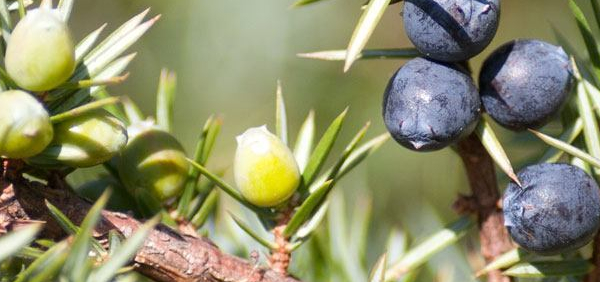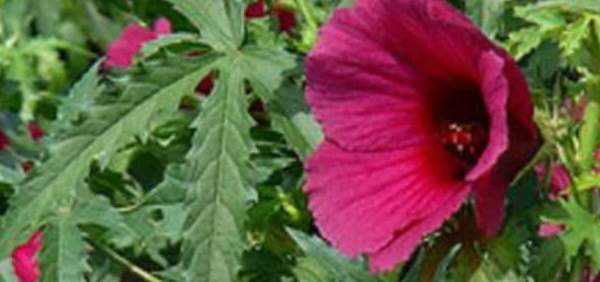shana :

Toxicity studies:
The plant is reported to yield toxins, such as the pyrrolizidine alkaloid monocrotaline, and is said to have poisoned poultry and livestock in NigeriaMany members of this genus are known to contain pyrrolizidine alkaloids, the most potent of which in this genus are monocrotaline, retrorsine and retronecine. These alkaloids have a cumulative effect upon the body and, unless concentrations in a plant are high, occasional consumption is generally completely safe. Pyrrolizidine alkaloids are derived from amino acids including ornithine. Many of these alkaloids have pronounced hepatic toxicity, but the lungs and other organs may be affected as well. Mutagenic and carcinogenic activities of pyrrolizidine alkaloids have also been reported
- » Classification and names of shana
- » Synonyms and definitions of shana
- » Drug Properties of shana
- » Chemical Constituents of shana
- » Standardization of shana
- » Parts used and Dosage of shana
- » Morphology and Histology of shana
- » Distribution and Conservation of shana
- » Cultivation of shana
- » shana in the market
- » Medicinal Uses of shana
- » Researches and clinical trails of shana
- » shana in other sytems of medicine
- » Ayurvedic formulations with shana
- » Images of shana












